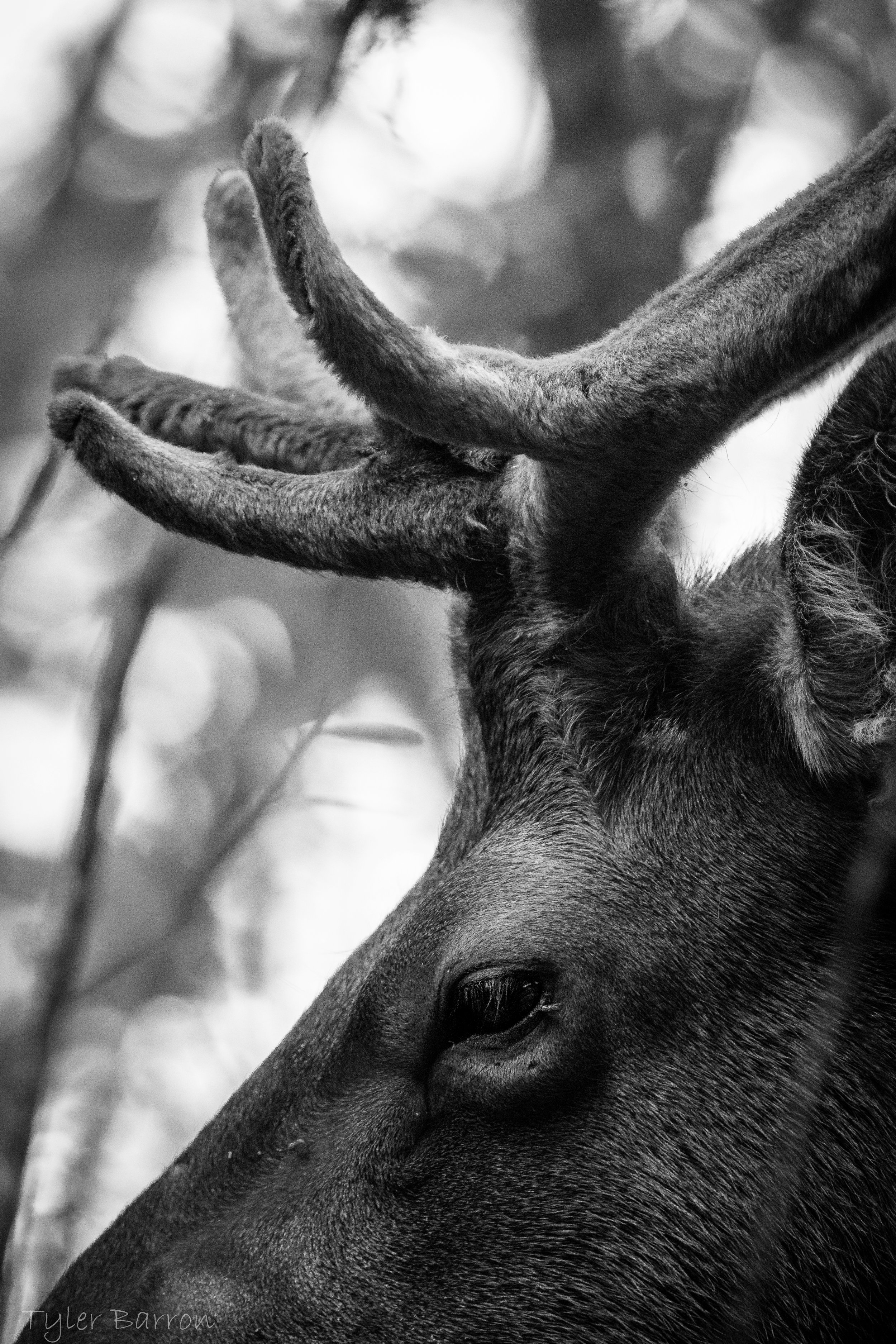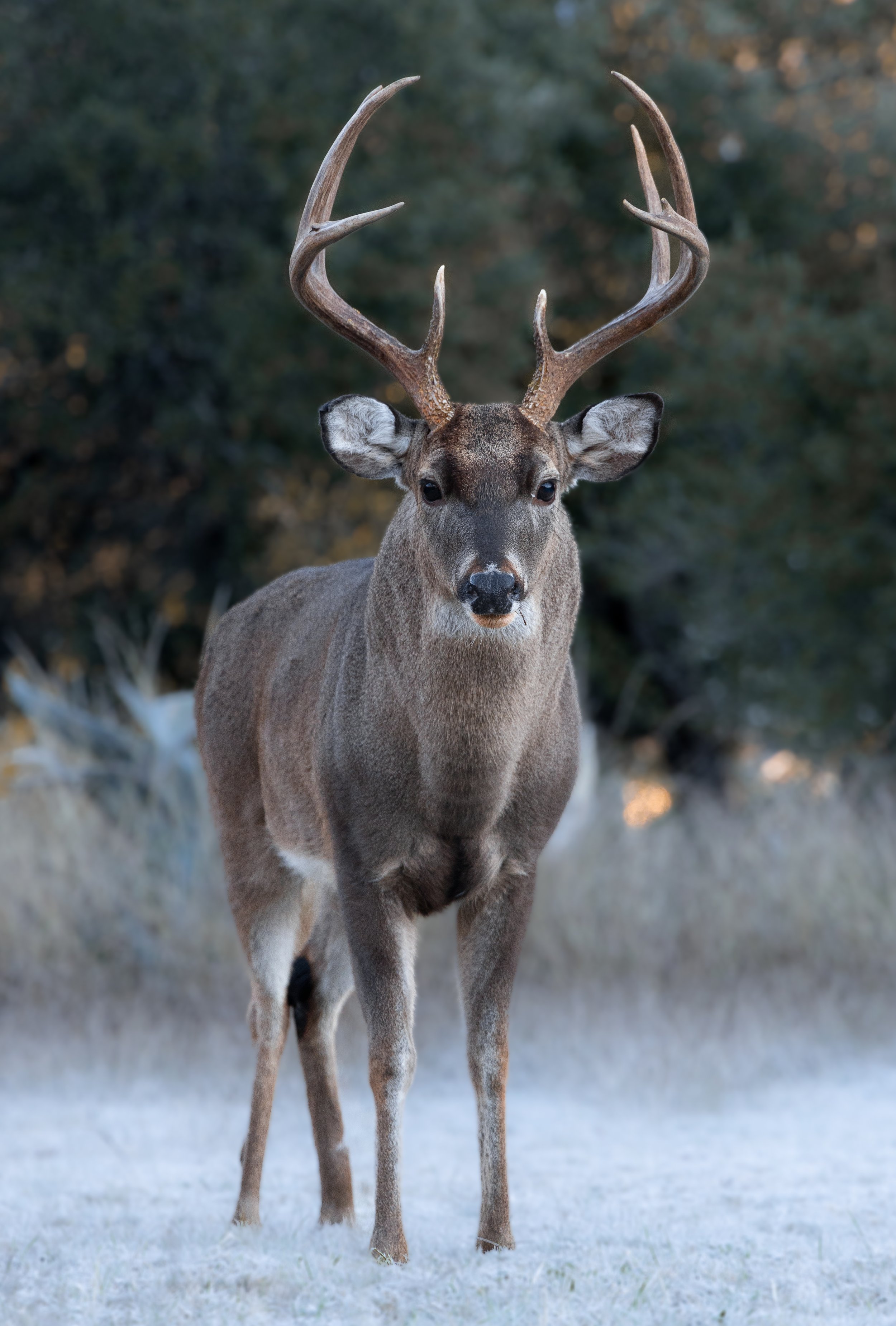My Current Wildlife Photography Kit
Whenever I show my photography work to just about anyone on Instagram, my website, or in print, one of the most common (if not THE most common) questions I receive is “what camera did you use to take that?”
It can be a bit off-putting to be entirely honest, as it seems to indicate that the “gear” is responsible for the quality image vs the photographer.
I’ll give you an example that is honestly a bit dumb, but somewhat illustrates what I mean: Imagine watching a major-league baseball player hit a record number of home-runs, and then in the post-game interview, the reporter was only focused on asking him about the bat that he used to hit those home-runs. “Excuse me Aaron Judge, what bat did you just use to hit homerun 62?” Kind of discounts the amount of hard work, training, practice, and determination it takes to become a master of his profession if the only thing anyone could focus on was the specific tool he used to get there, right?
But at the same time, I get it. I’m constantly tweaking my own photography kit, and sometimes it helps to know what others are using that helps them create the amazing images that they are capturing as artists. So I’ll quit my belly-aching about the gear inquiries, and just lay it out with links included.
**Note: I’m not fancy enough to have a following that warrants affiliate links and all that jazz, so I’m just linking to my local camera shop which is a great place, and way cooler than Amazon.
Here’s a sample of my wildlife gallery. Some (but not all) are shot with this kit.
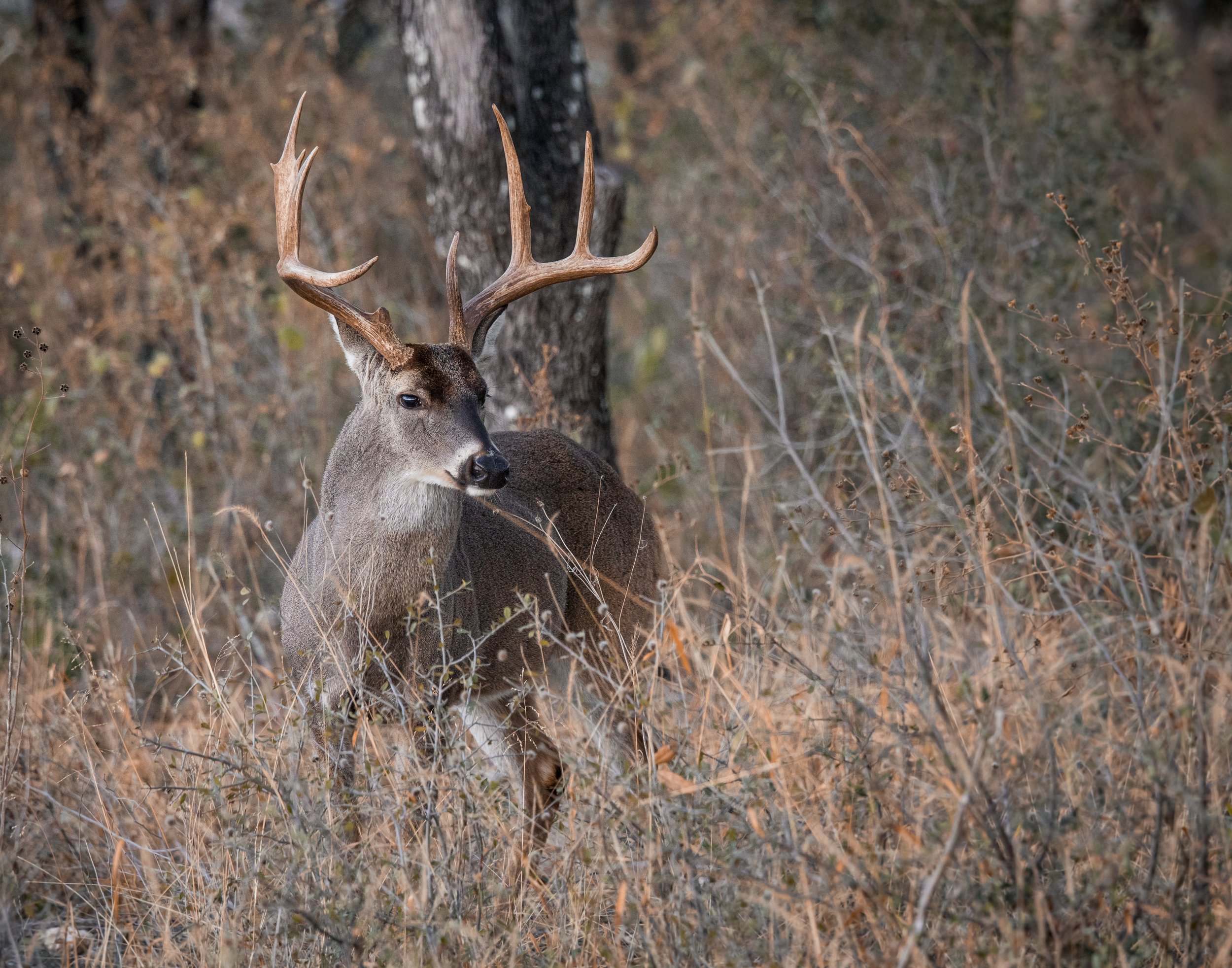
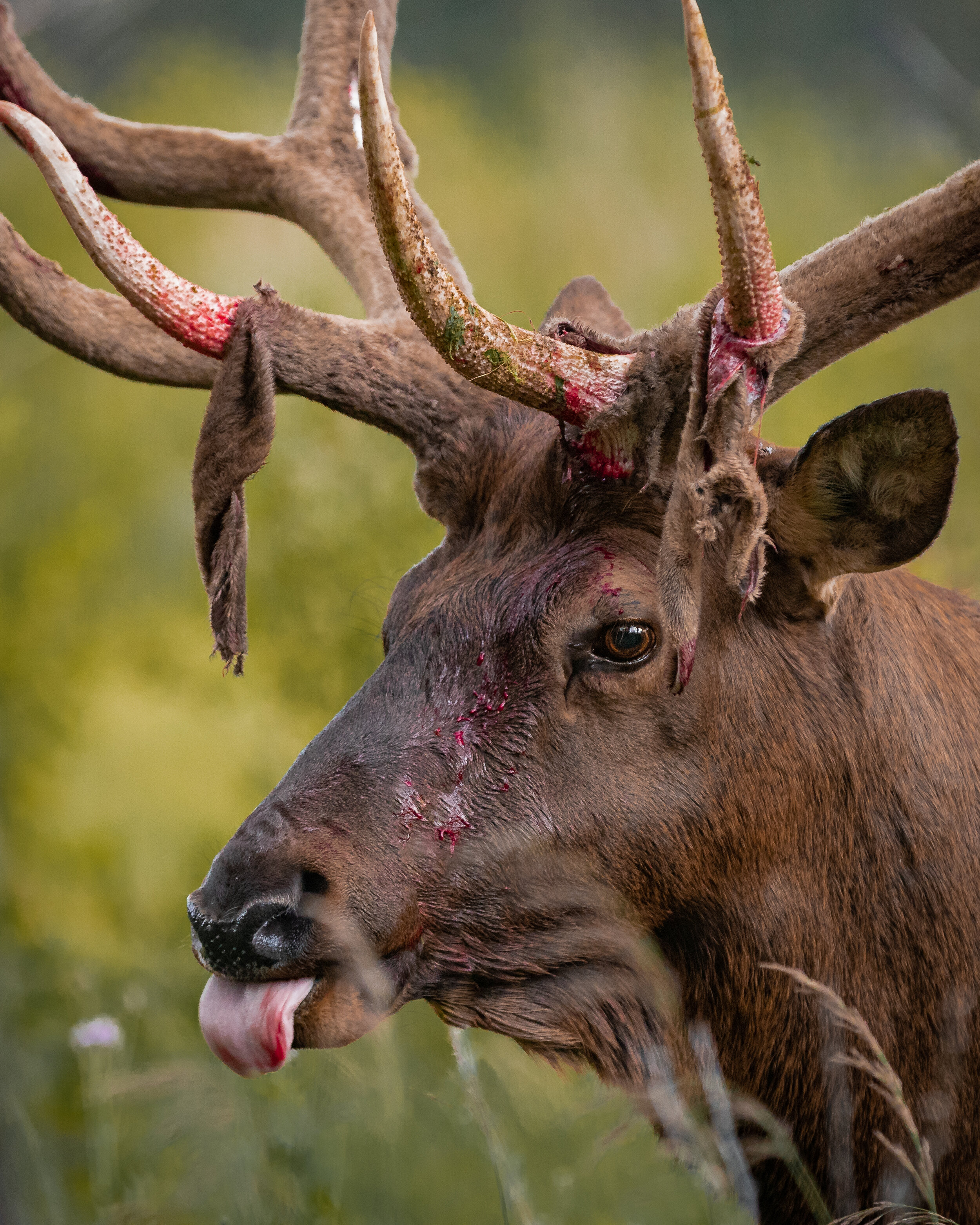


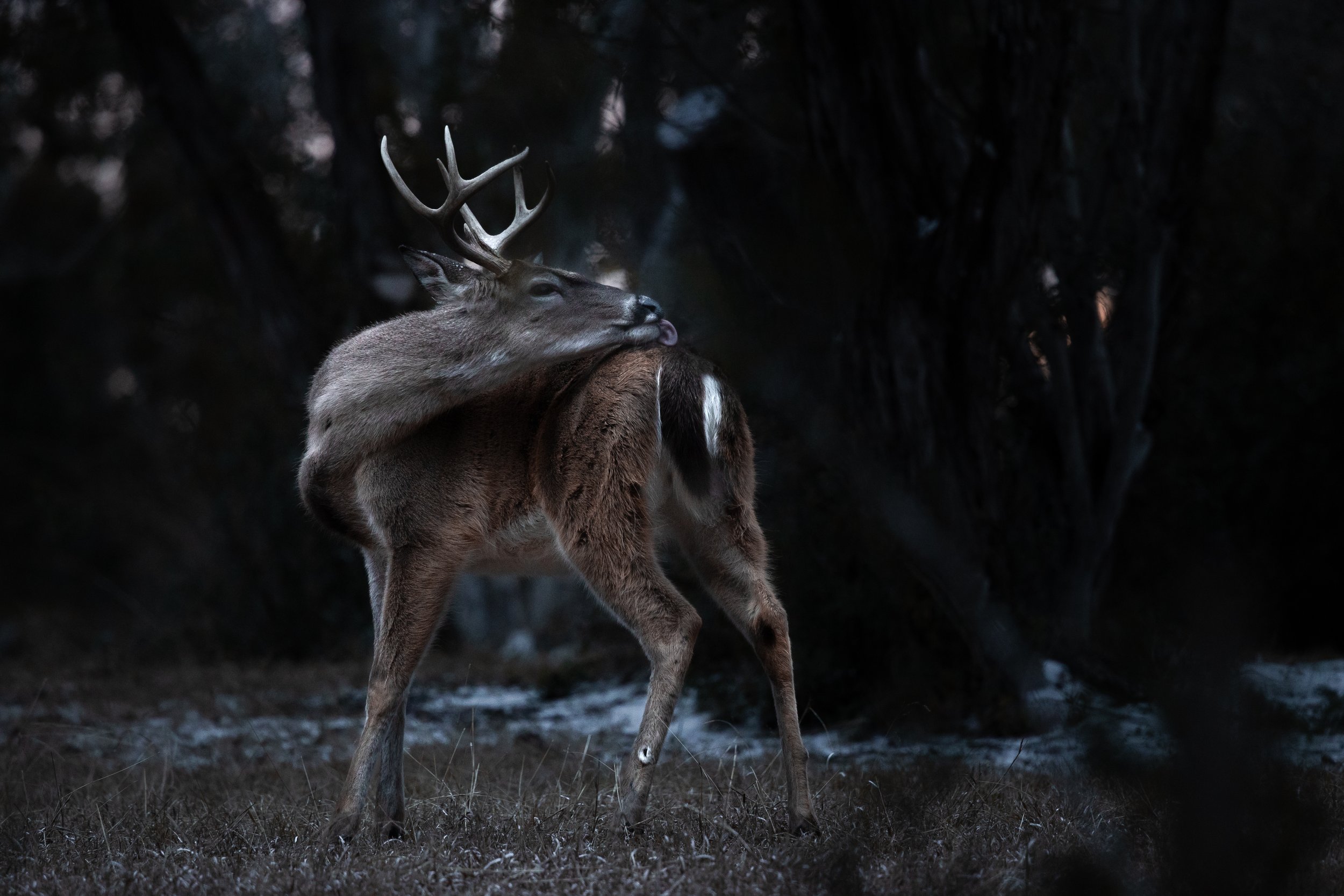
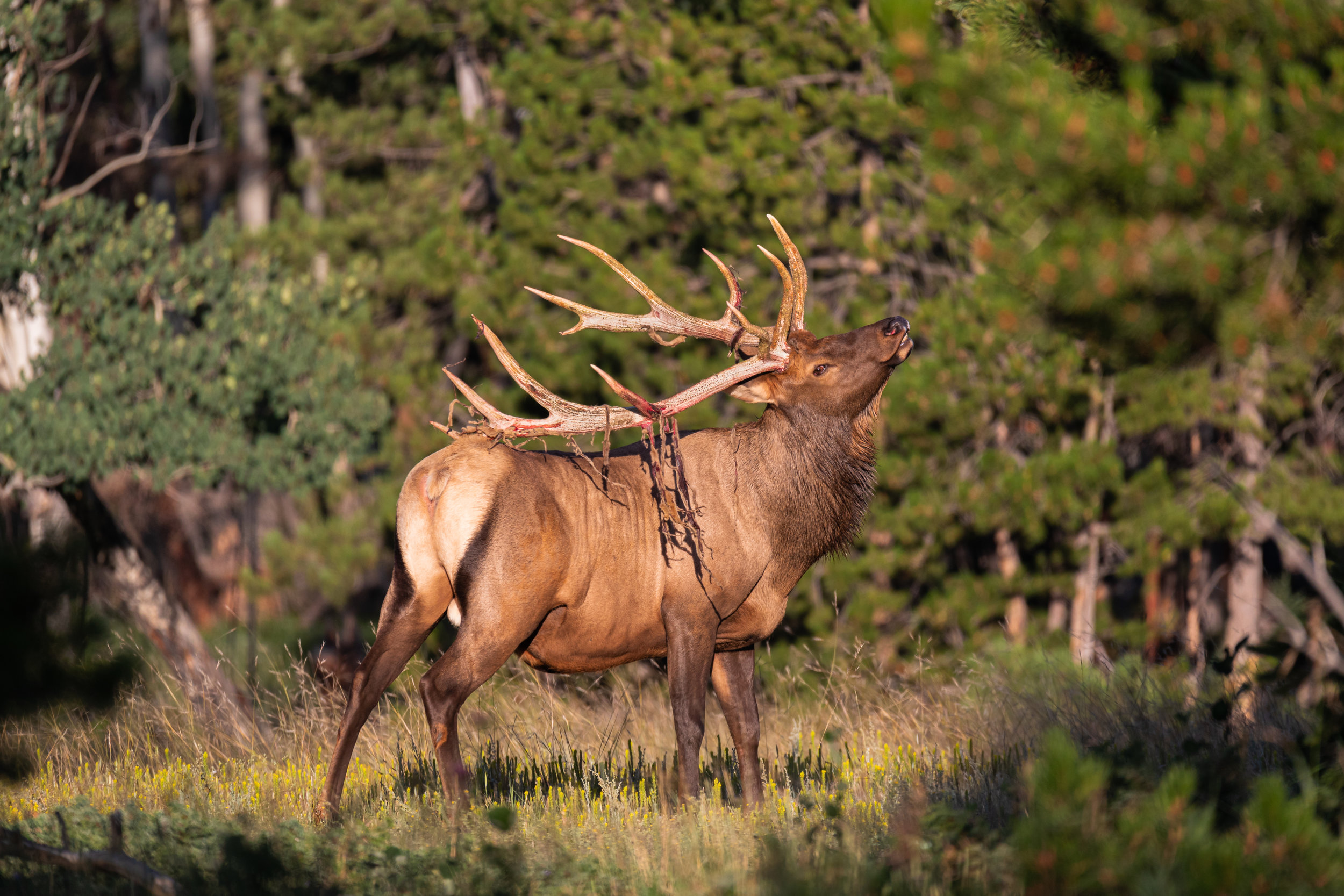
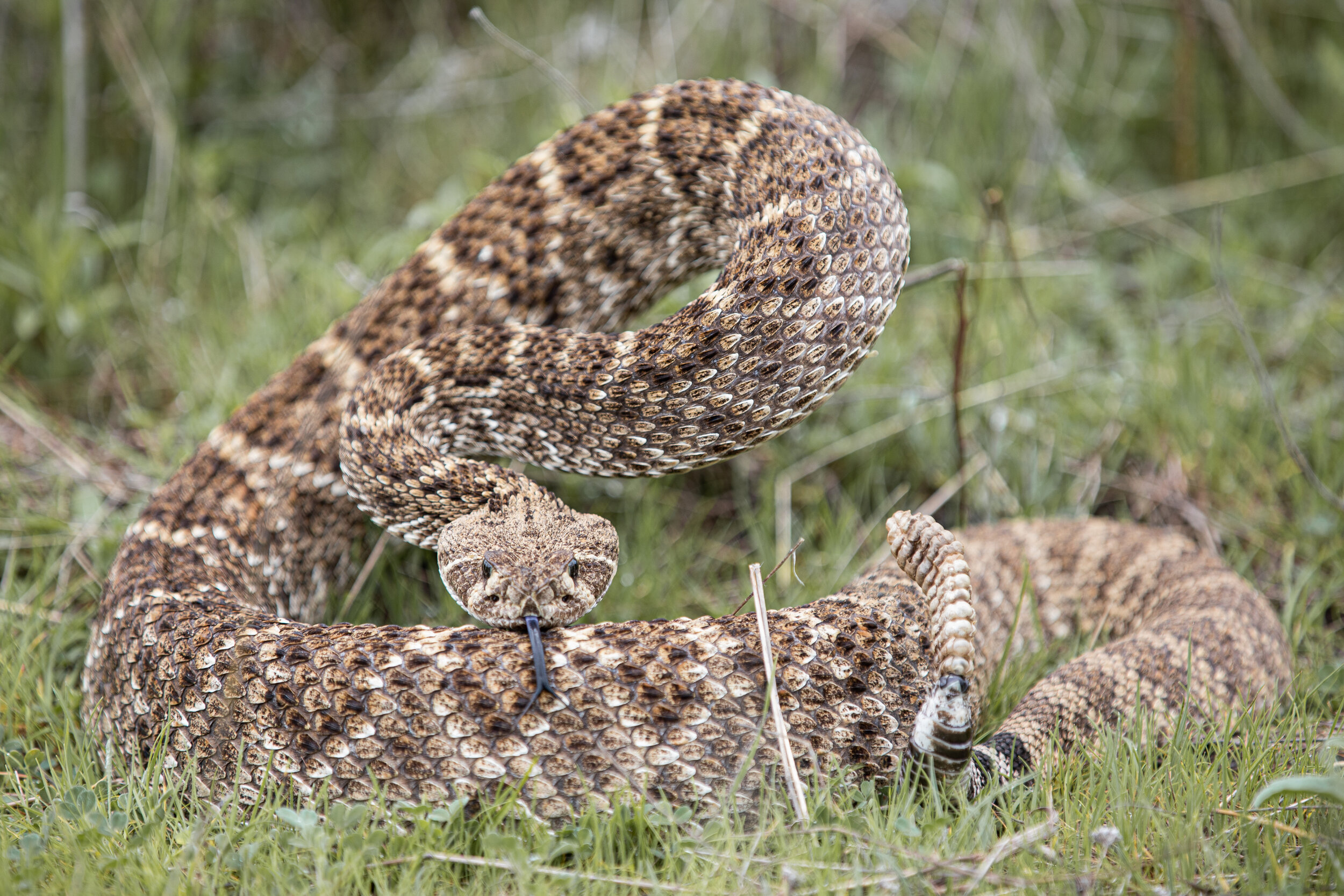
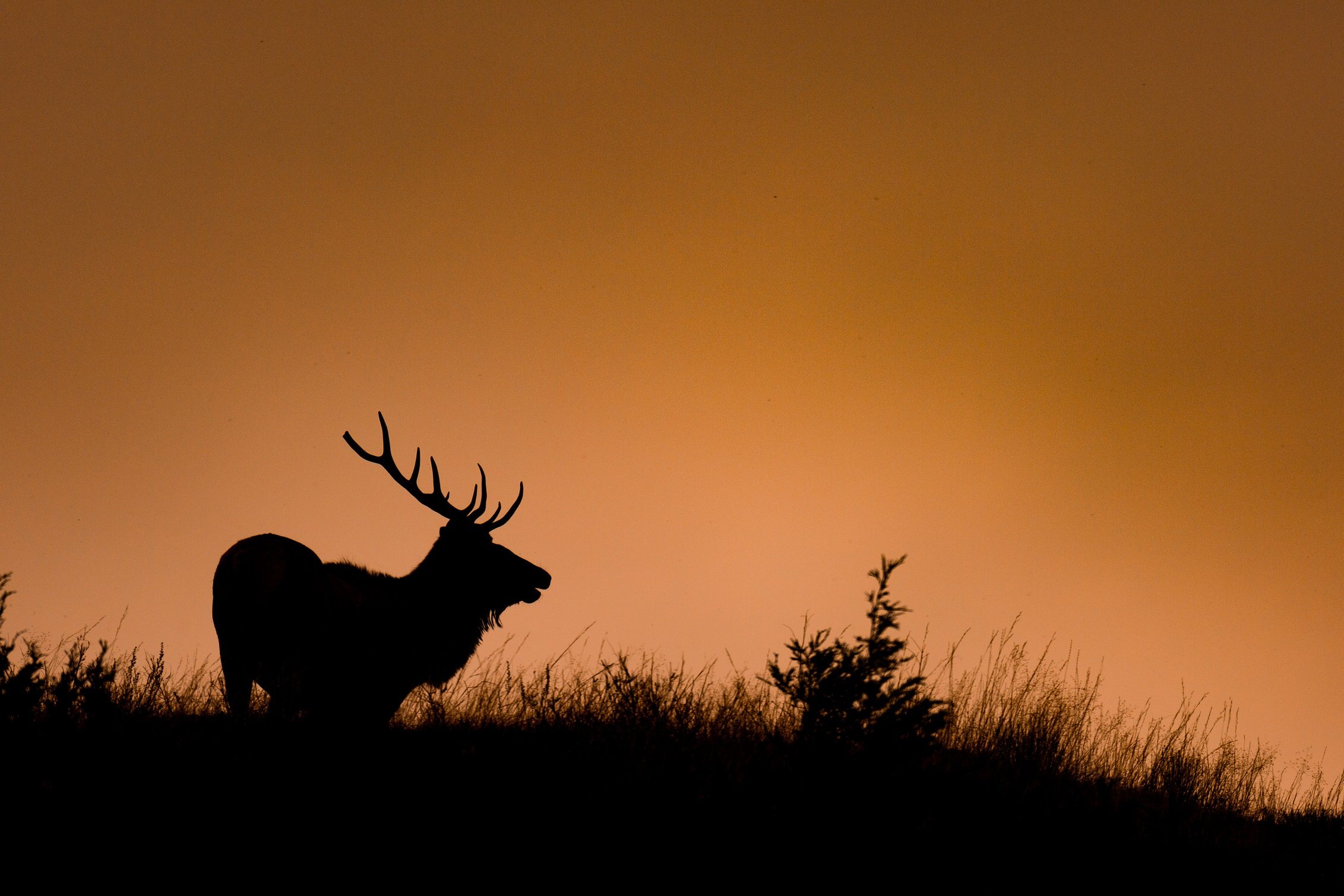
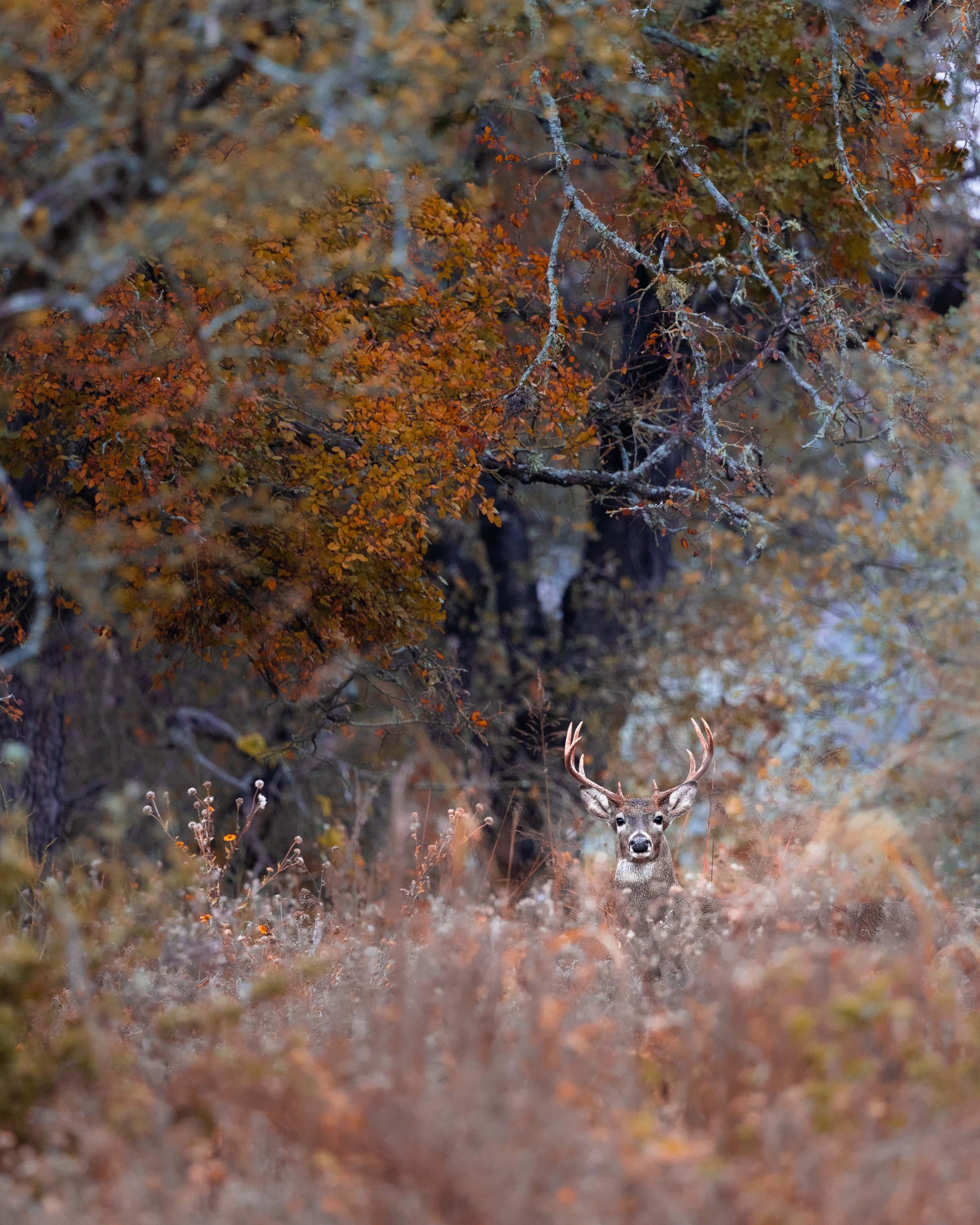



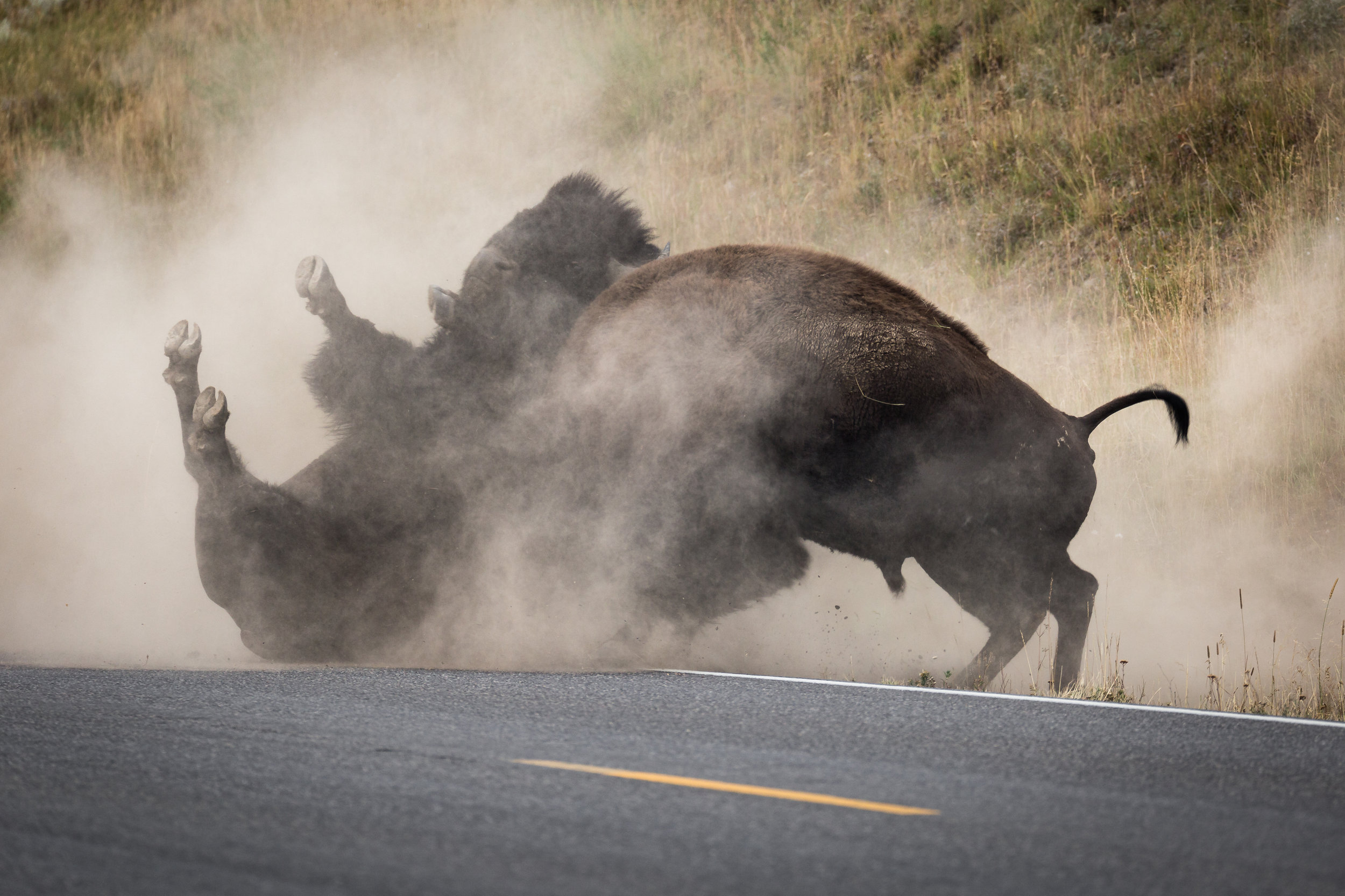

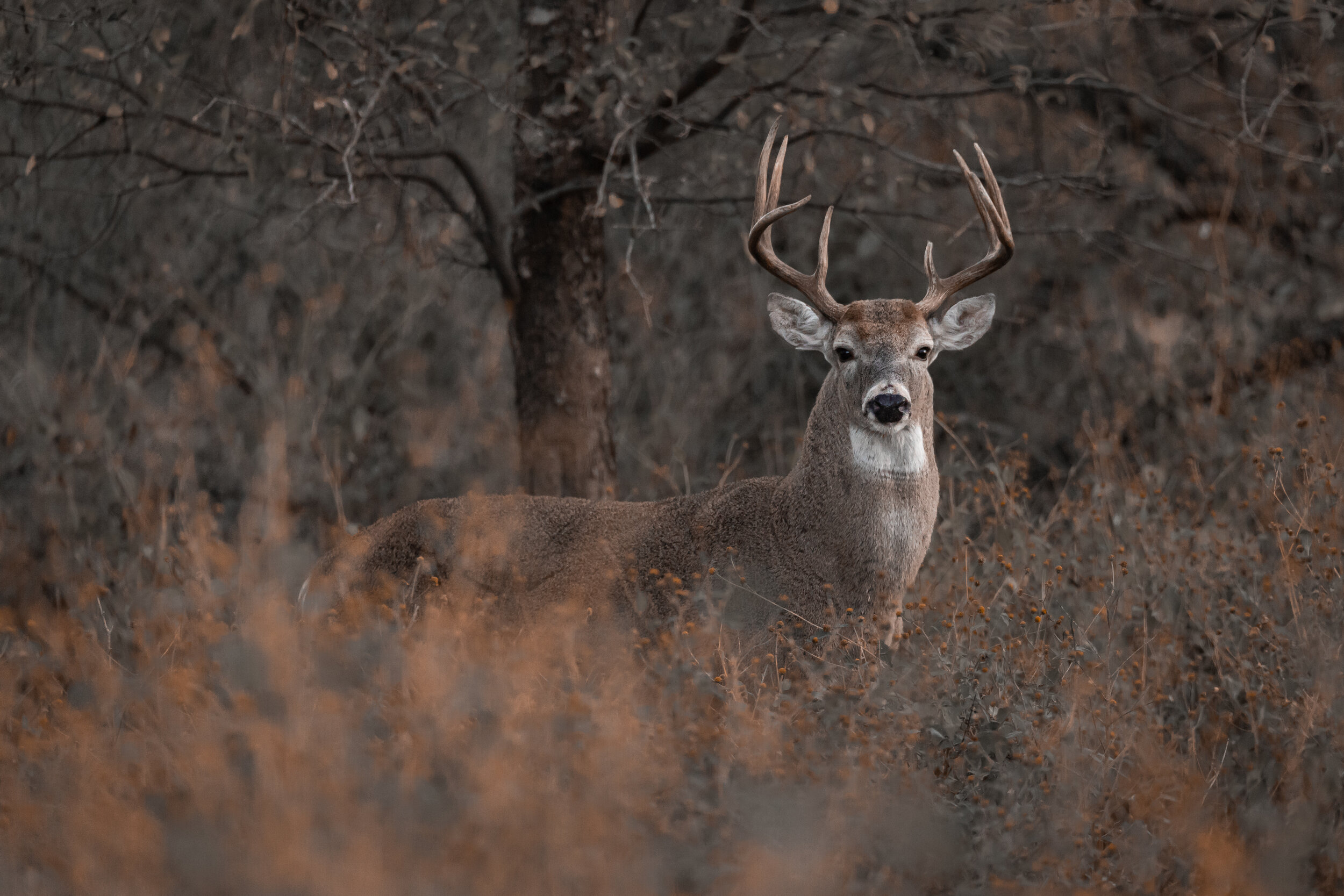
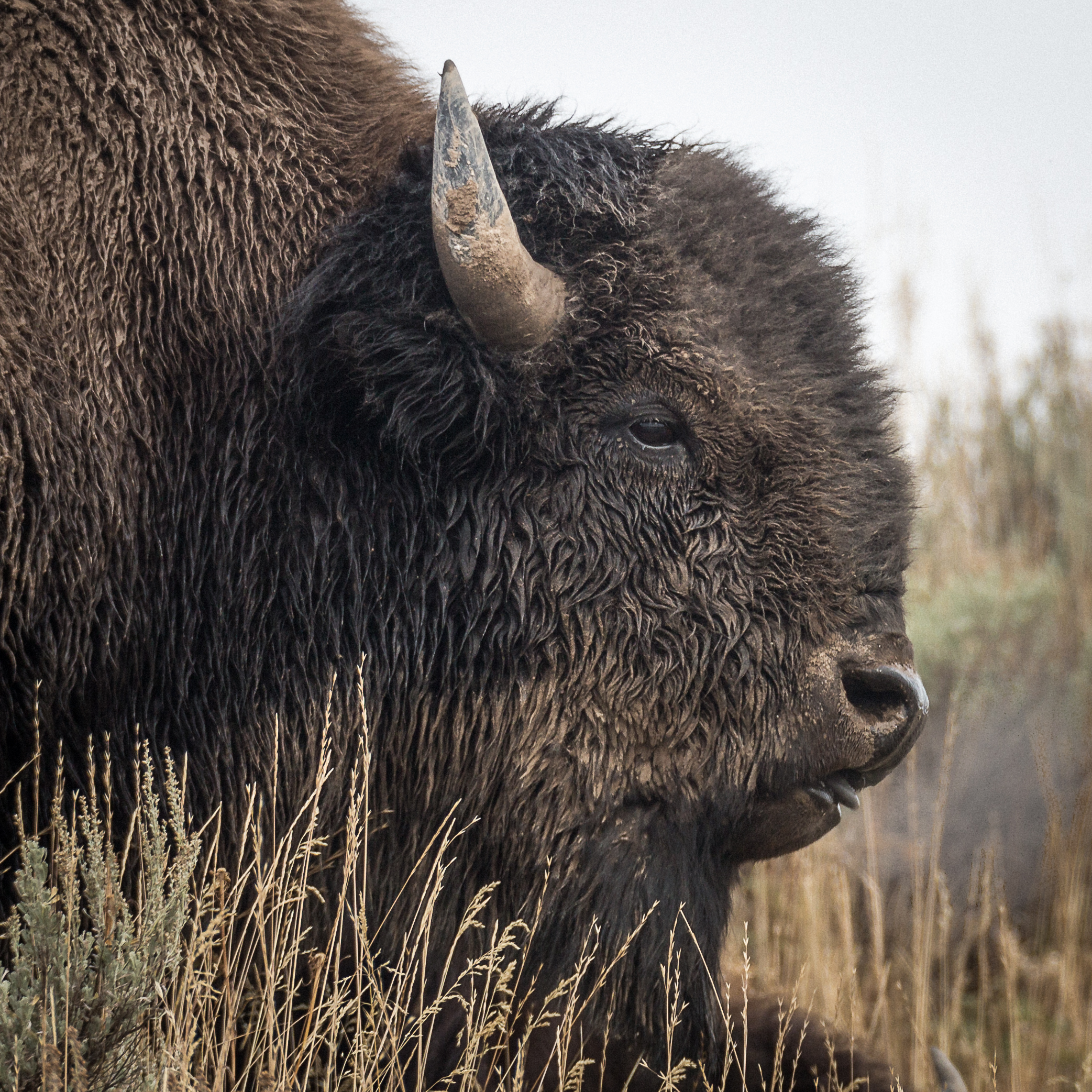
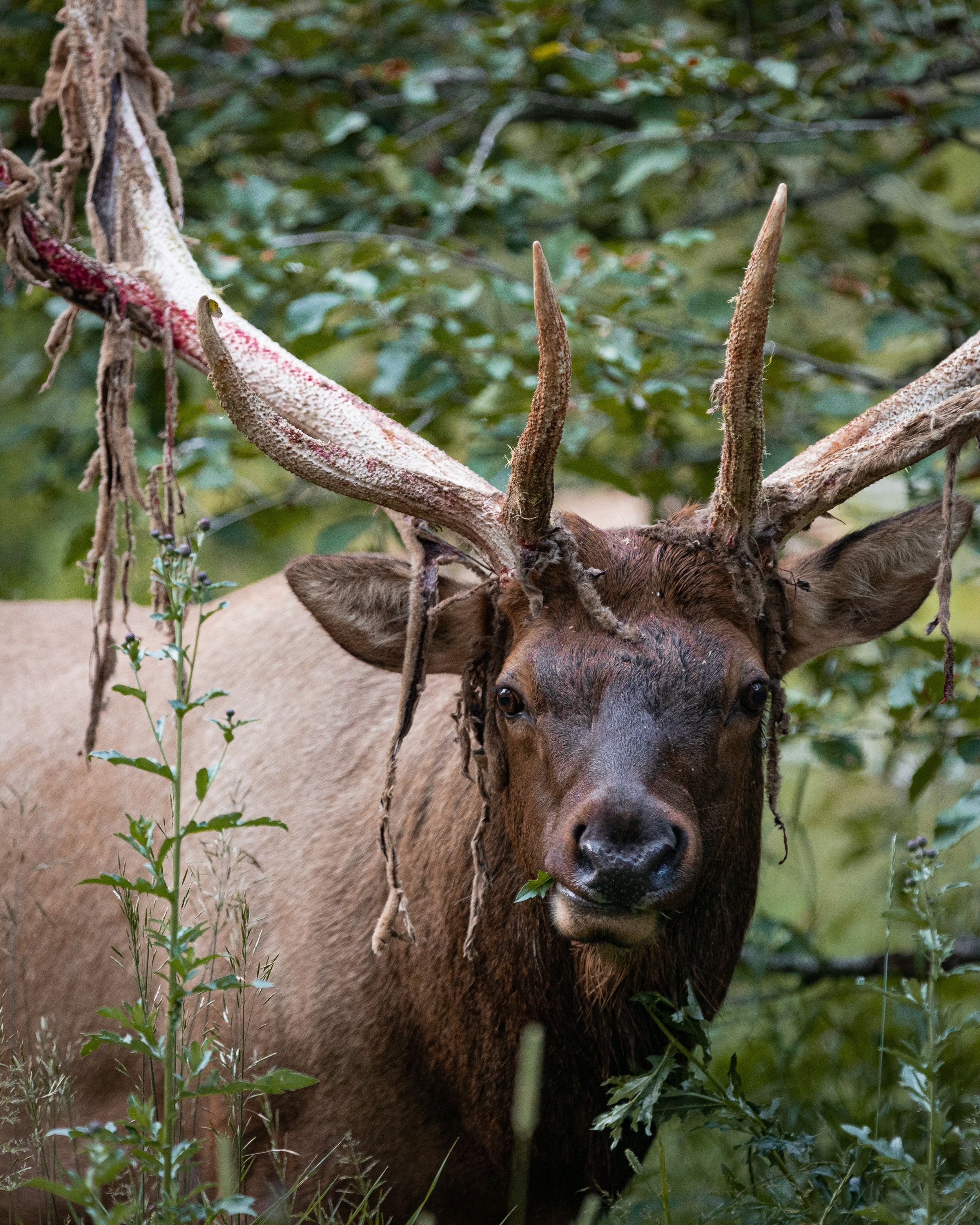
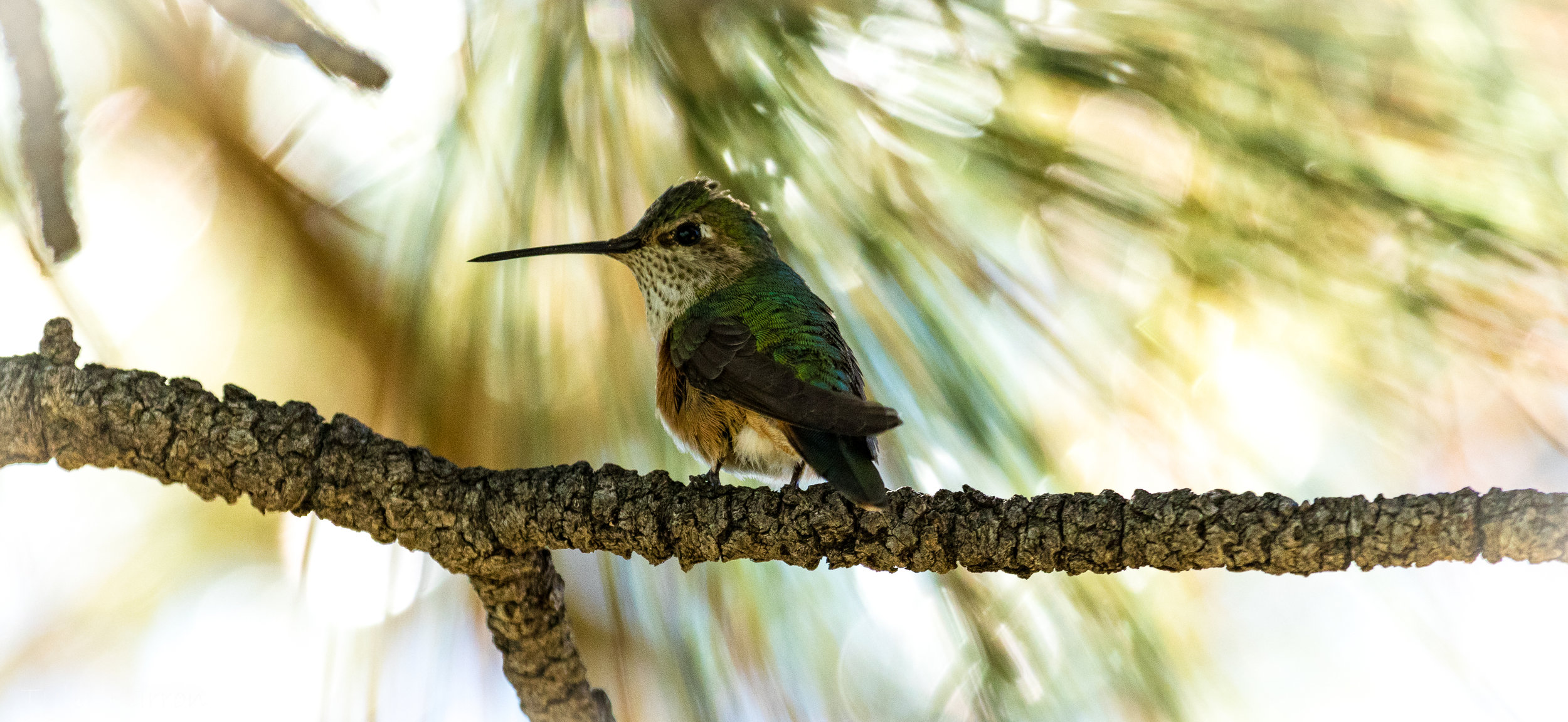
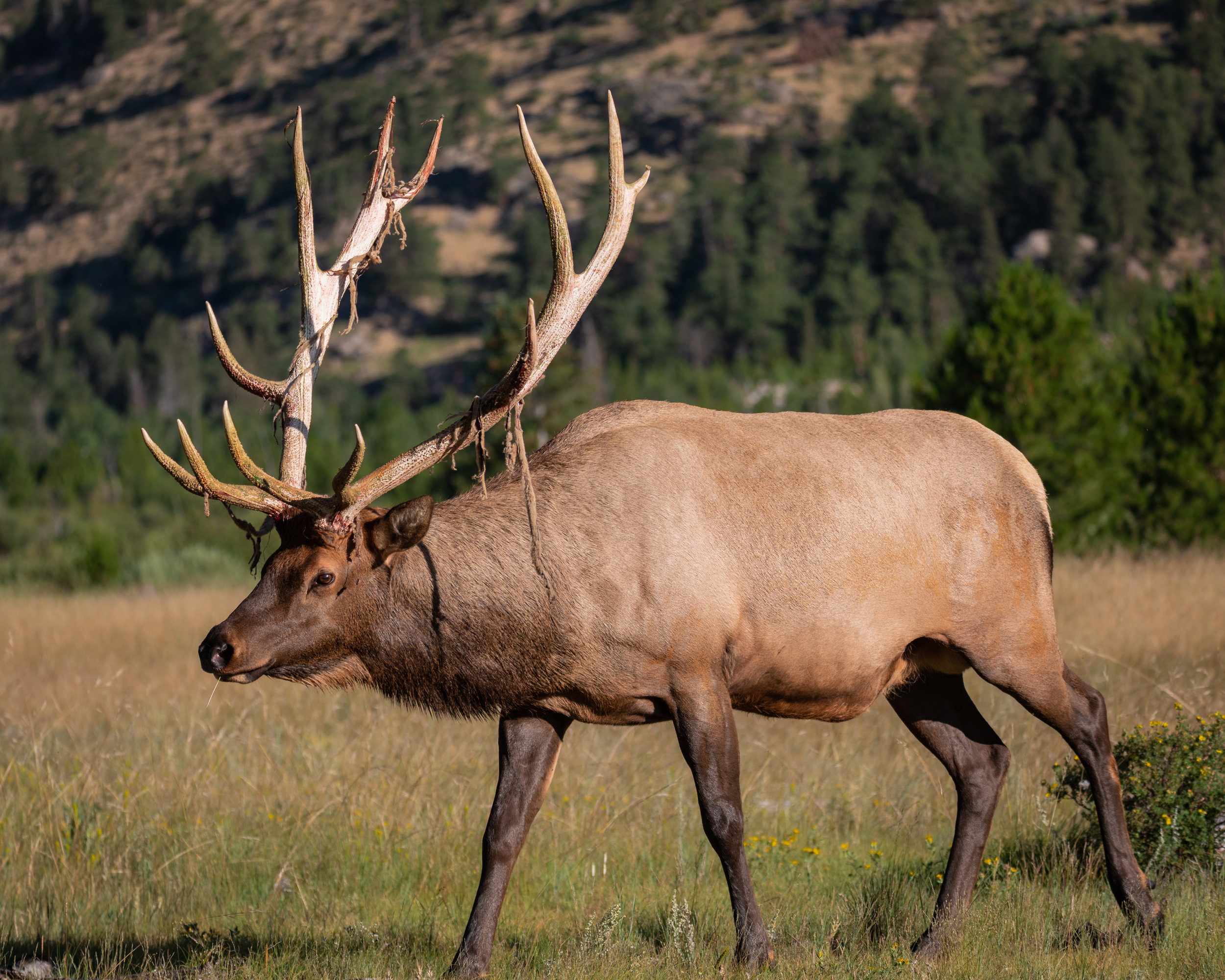
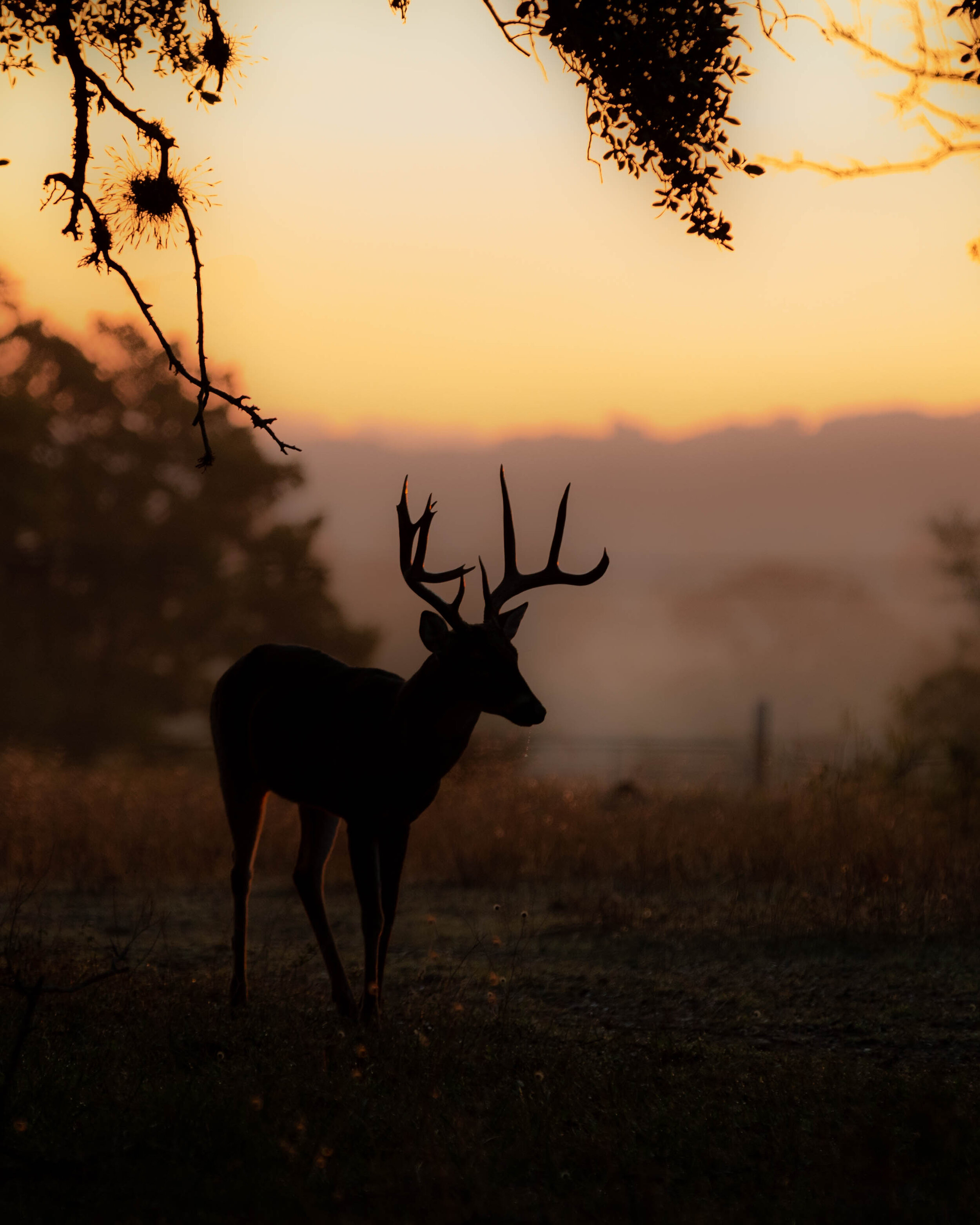
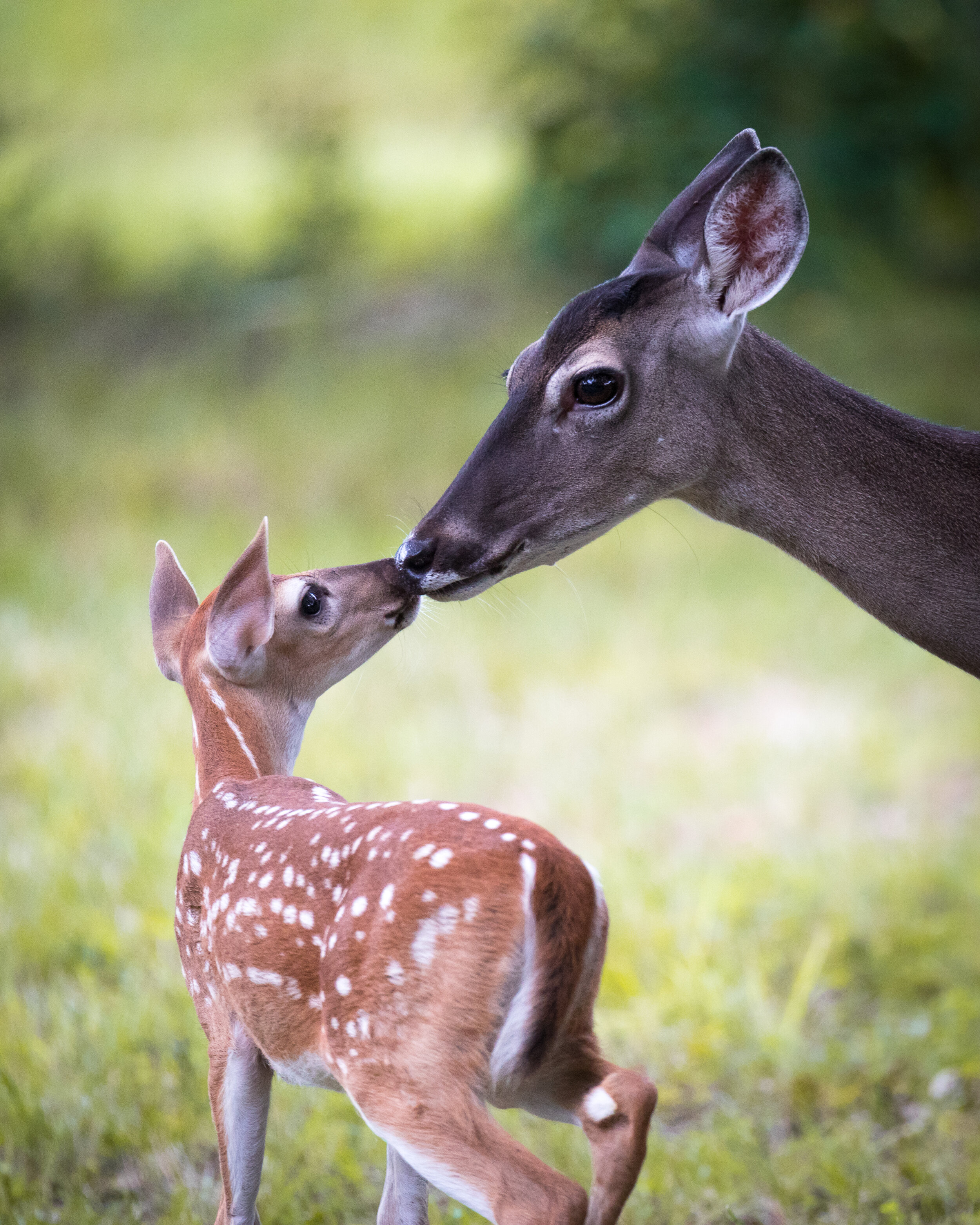

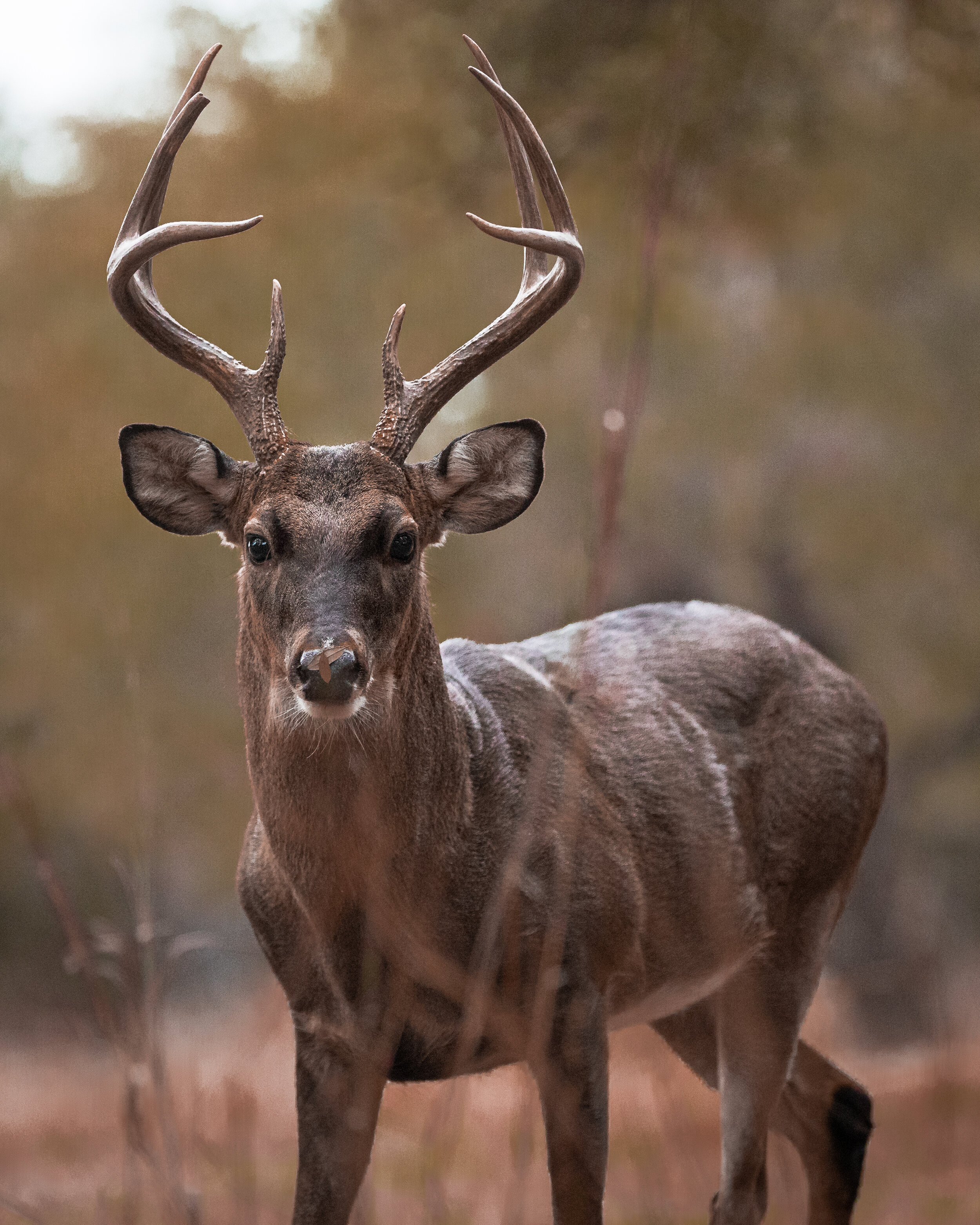
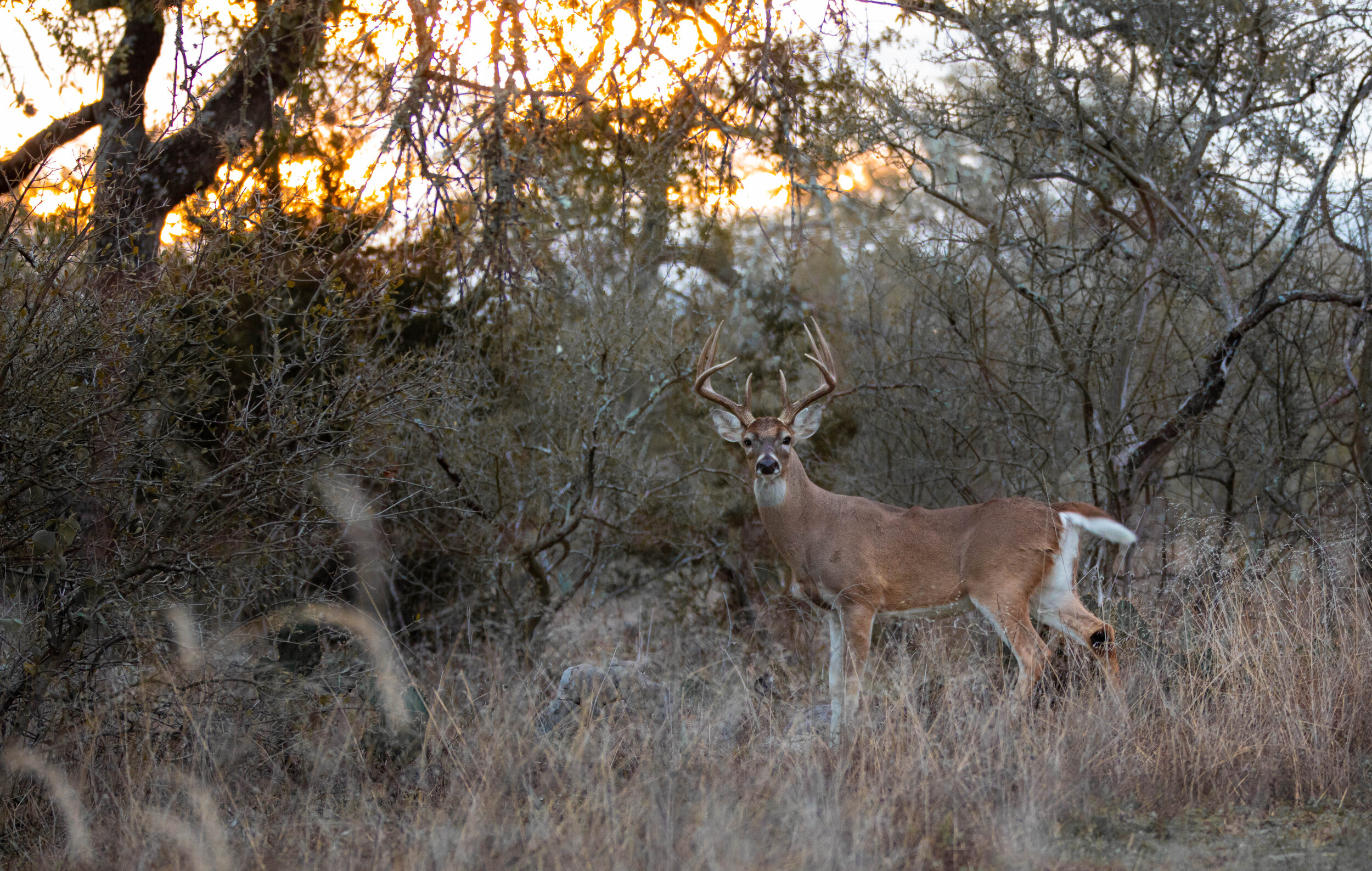



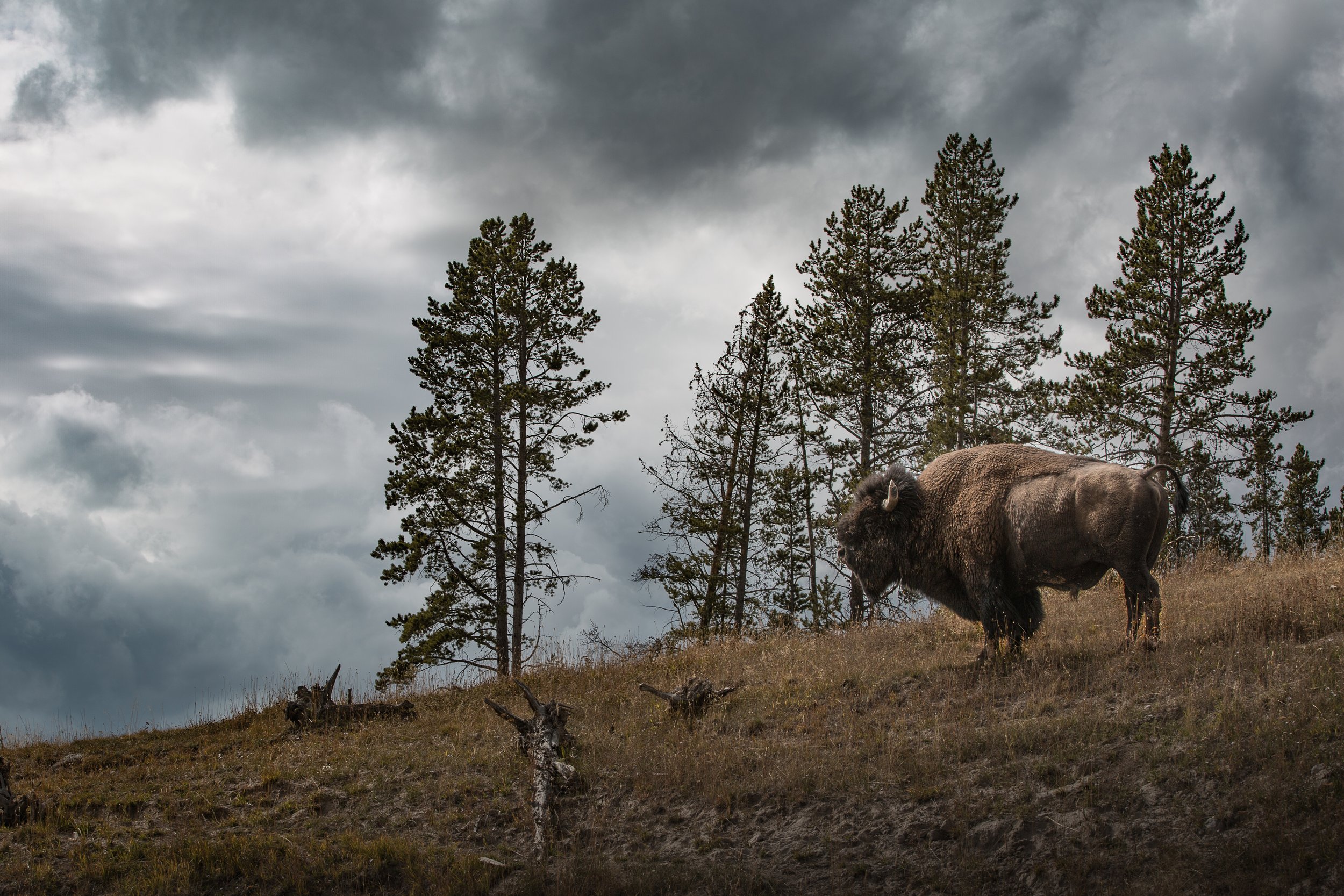

The Camera: Canon EOS R5 Mirrorless Camera Body
I could argue that this is less important than some other items (lenses primarily), but since it’s the star of the show, I’ll start here.
Things I love:
Relatively small compared to DSLR bodies
Crazy good auto-focus (eye focus is superb)
Can shoot really high FPS for fast moving subjects
Really good in low-light and with handling noise
Video is solid, but has some drawbacks
Uses Canon’s new RF lens technology
Things I don’t love:
Battery life is less than I expected
I can’t for the life of me find a way to disable the autorotation on the viewfinder (if you know, help!)
Pricey
Overheating issues with some video settings, and I even got an overheat warning when doing a lot of long exposures in a row shooting some fireworks over Austin. Kinda lame if you ask me for a $4K camera body. Get your sh*t together, Canon.
2. My Primary Lens of Choice: Canon RF 100-500mm f4.5-7.1
This little beauty has quickly become one of my all-time favorite lenses. The versatility it gives you is almost unmatched, and it comes with a fairly lightweight and small footprint relative to similar other lenses in this focal length. There are a few trade-offs, but that is to be expected with such a wide range and (relatively) inexpensive price point. It’s not cheap, but I’ll get into that more in a second.
Things I love:
Versatility. Simply put, you can do a LOT with this lens. Wildlife obviously comes to mind given its reach at 500mm, but it’s also a very serviceable portrait lens if you’re outdoors, and even is a great option for landscape photography when you want to isolate parts of your scene vs. capturing everything with a wide angle option. Additionally, for wildlife, it’s occasionally preferrable in my opinion to capture more of the overall environment vs. just capturing your subject as close as possible. Example Image here. This lens gives you that option, while also letting you get in tighter when you want to. Try that with a 600 or 800mm prime.
Image quality - It’s sharp. Very sharp.
Size - when it’s at 100mm, it’s only slightly larger than a 70-200mm lens.
Weight - You can hand hold this bad boy vs. always needing a tripod. This means more creative angle opportunity, easier packability if you’re hiking in, and you’re much more likely to have it in your bag if you know it’s not a nightmare to transport. Coming from a GIANT Sigma 150-600mm sport lens, this is critical. The Sigma was nice, but massive, which meant it got left at home a lot.
Things I don’t love:
Price - It’s almost $3k with tax. Quite the investment, but compare that to any other RF lenses of “L” quality, and you’ll find it’s actually less of a punch to the wallet than it could be. I just think Canon has gotten drunk on profits on these newer RF L lenses. There are cheaper non L primes at 600 and 800mm, but you lose flexibility in range, weather sealing, light gathering, and likely image quality as well. I haven’t tested them personally, but specs seem to point to that.
Light Gathering - speaking of light, this lens is pretty slow at 4.5-7.1. Especially on the long end, you’re going to run into some issues at dawn and dusk especially with the 7.1 aperture. I may write another blog on some of my specific settings that I use to mitigate this, but it’s something to be aware of. You’re also not going to get that crazy good bokeh that you’d get with an f4 or faster lens. Photography is a game of trade-offs. One thing I’d ABSOLUTELY recommend to make your lens seem faster than it is - Topaz Labs DeNoise AI. I’m not affiliated with them at all (Get at me Topaz if you want to be!), but I’m amazed at what this software does to improve images especially when light is a challenge. Let me know if I should write a blog on how I use it.
Bokeh - The bokeh is mostly good with this lens. I’ve run into some issues that I can’t quite explain where sometimes the bokeh looks like it has squiggly lines in it? I especially saw this when I shot on the EOS R vs the R5, but either way, it’s a slower lens, so the bokeh i just not going to be as buttery smooth as something f4 or faster. Trade-offs again.
Extenders - I hate the fact that you can’t use a 1.4x or 2.0x teleconverter with the FULL RANGE of this lens. You’re basically forced into only using it at the long end, which is just annoying to me. Since the lens has to be extended when the extender is on, that means you can’t even leave it on the lens and shrink it down to its normal size with the externder while packing it around. It’s dumb.
In summary, I love this lens, but yet I know at some point when funds are available, I’m going to go with a true dedicated wildlife lens that is much larger, heavier, faster, and likely has better image quality. For me, I just can’t stomach the cost right now, so the 100-500mm is the ticket for me. If you’ve got the coin, go for one of those big RF primes. I’m sure they’re amazing.
So this is it. As crazy as it sounds, this is pretty much all I bring with me when I’m out photographing wildlife. The only other piece of gear that I occasionally use is the Canon Battery grip for the R5. Obviously it doubles your battery capacity, but the real benefit of this piece of kit is the option to easily flip to a vertical composition while maintaining the ergonomics of normal shooting. This is a game changer if you shoot a lot of vertical stuff.
Leave a comment if you found any of this valuable, and shoot me a message if you have any questions. I’m not a technical wizard, but just a normal dude using all this stuff in the real world as a hobbyist, so I’ll shoot you straight with everything I know!
-Tyler



